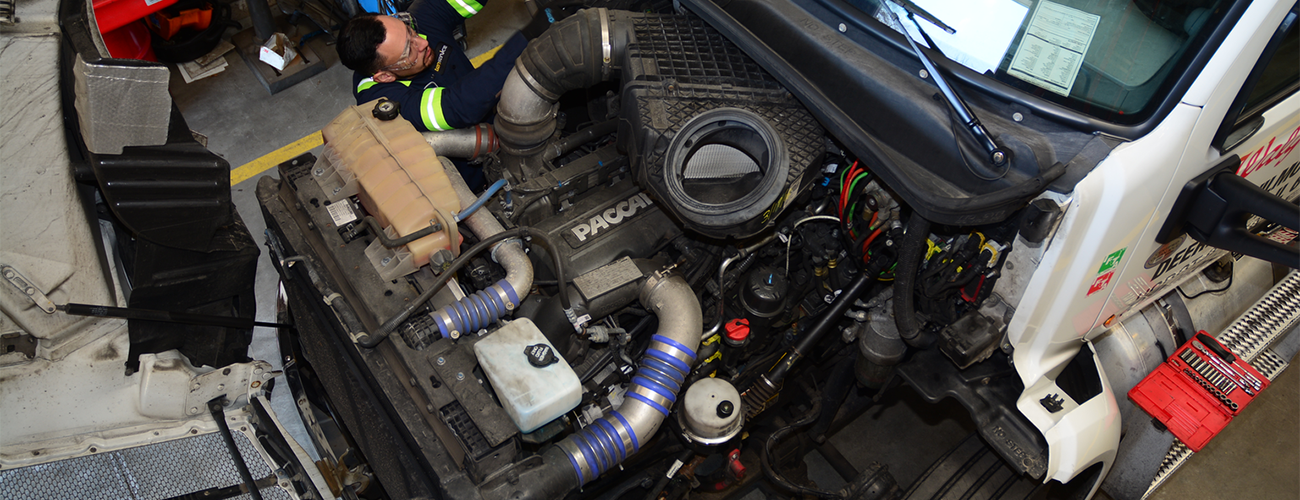Originally appeared in Fleet Owner
Though the industry often feels vulnerable because of the driver shortage, there’s also a shortage that is just as concerning, if not more so. That’s the diesel technician shortage. If your trucks aren’t ready to ride, it won’t matter how many drivers you have. According to industry experts, the United States has roughly 80,000 open diesel technician roles, and the industry will add 28,000 additional openings each year to 2030.
That doesn’t sound so dire until you realize this refers to “new” positions—not replacements. Based on an aging demographic of currently working technicians, 163,000 positions must be filled by 2030. Technical schools aren’t seeing the number of students necessary to fill those jobs.
Fleet managers can take several steps and strategies to attract and keep the right candidates.
Eight steps to better recruiting
- It’s a career, not just a job: No one wants what they perceive as a dead-end job with no possibility for advancement. Rather than a job, make your potential techs feel like you’re offering a career with the chance for advancement, ongoing training, and certifications within your organization. This is especially true for younger workers, those you need the most. Perhaps even offer to help by sponsoring training courses and certifications.
- Compensation still matters: Bills still have to be paid and benefits matter. That’s why you need to make sure your offer is competitive. Know what your competitors are offering, and ensure that your offer also reflects the skills and experience of your employees.
- Talk about technology: Today’s younger workers have grown up with technology and are comfortable with it and look for jobs that use the latest advancements. The image of the diesel mechanic in dirty overalls holding a wrench has been replaced by the image of the diesel technician in a white uniform holding a laptop. While technicians will be required to get their hands dirty for certain tasks, you should highlight your fleet’s advanced technology and equipment.
- Be flexible about flexibility: Younger workers value work/life balance, so fleets that offer options like flexible schedules can go a long way toward recruiting and retaining those workers you need.
- Make the application process easy: This process can turn prospects off and can end up sending that prospect to a competitor that makes applying less burdensome. Implement systems that streamline the process by making online applications easy and straightforward and stay in touch with applicants to inform them of their status. No one wants to be ignored.
- Optimize your online presence: Your candidates spend a lot of time online, so you must do everything possible to make your website appealing, informative, and better than the competition. Use the website to explain your company culture, values, and career opportunities. Use social media platforms to engage with potential candidates.
- Make employee referrals a top resource: Your best resource may already be on your payroll. Whether you’re looking at current techs, drivers, or those working in the back office, someone in your workforce may know the perfect person for the position. Incentives should be offered for referrals that result in employment.
- Partner with vocational programs and technical schools: College enrollment numbers have decreased over the last decade as students reconsider whether they want to incur massive debt or look for a position that can’t easily be outsourced. Hopefully, many will turn to technical schools as an option, but do your homework when it comes to fleets partnering with those institutions. Not every school has the latest equipment, tools, and technology that students will need to work on the trucks of today and tomorrow.
With technological advancements and trucks becoming more complex, the demand for highly skilled professionals continues to rise exponentially. To keep your fleet in the best shape possible, you need to enact effective recruitment strategies to recruit and then retain the most qualified people.





